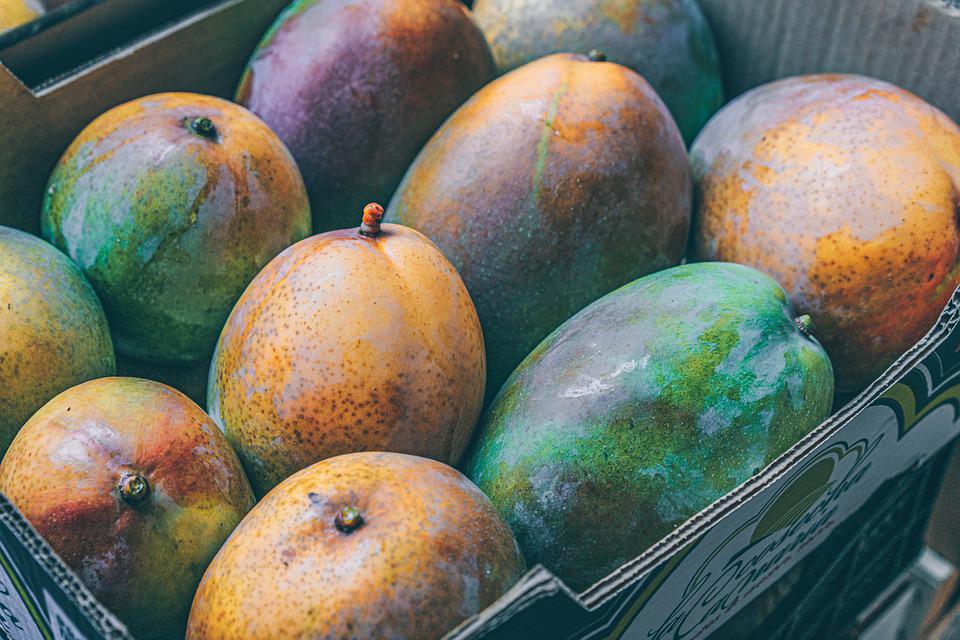



Article by: Hari Yellina
Mangoes have become the most popular domestic tropical fruit due to its smooth, juicy, and sweet pulp and nutritional qualities. China has surpassed India as the world’s second-largest mango grower and consumer in recent years. Due to increasing demand in the domestic market, mango output in China has increased dramatically. The major mango-producing regions in China are Guangxi and Hainan. The annual output of mangoes in the two provinces accounts for almost 60% of China’s total mango output. Mangoes from Hainan are available from April to August, while those from Guangxi are available from June to September. The market time in various locations is continually lengthening due to the abundance of mango types.
Mangoes were previously imported from neighbouring nations such as Vietnam, Thailand, and Vietnam. The supply period is typically September to June the following year. During the Spring Festival in February and March, Thailand provides the market primarily. Import trade, however, was hampered this year by the pandemic. There are fewer imported mangoes since domestic demand is slightly lower than before. Affected by the pandemic months ago, 100% of the mangoes stranded on the market were lost, wreaking havoc on the market as a whole. Mangoes must be delivered to the market as soon as possible as the market reopens.
However, it is challenging in general. As a result, in the early days of the market reopening, labour and shipping costs for mangoes were excessively high, even three times the initial price. Until lately, the price had been steadily declining. During this time, the price of mangoes increased. According to statistics, the average price of mangoes in the Jiaxing Fruit Market from April 20 to May 26 was 12.49 yuan/kg, a 48.1 percent rise year over year.
The biggest problem with the mango market throughout the year is that there are several mid-to-late and late types in each production area, causing the picking and harvesting times in different places to overlap. As a result, market competitiveness is strained, and the economic gains are insufficient. Mangoes also require extra processing to ripen, and there is a restricted variety structure. There is also a lack of certification of provenance. Mangoes from various places are frequently mistaken for the better fruit of another region, and market recognition is weak. Promotions are also difficult to carry out.